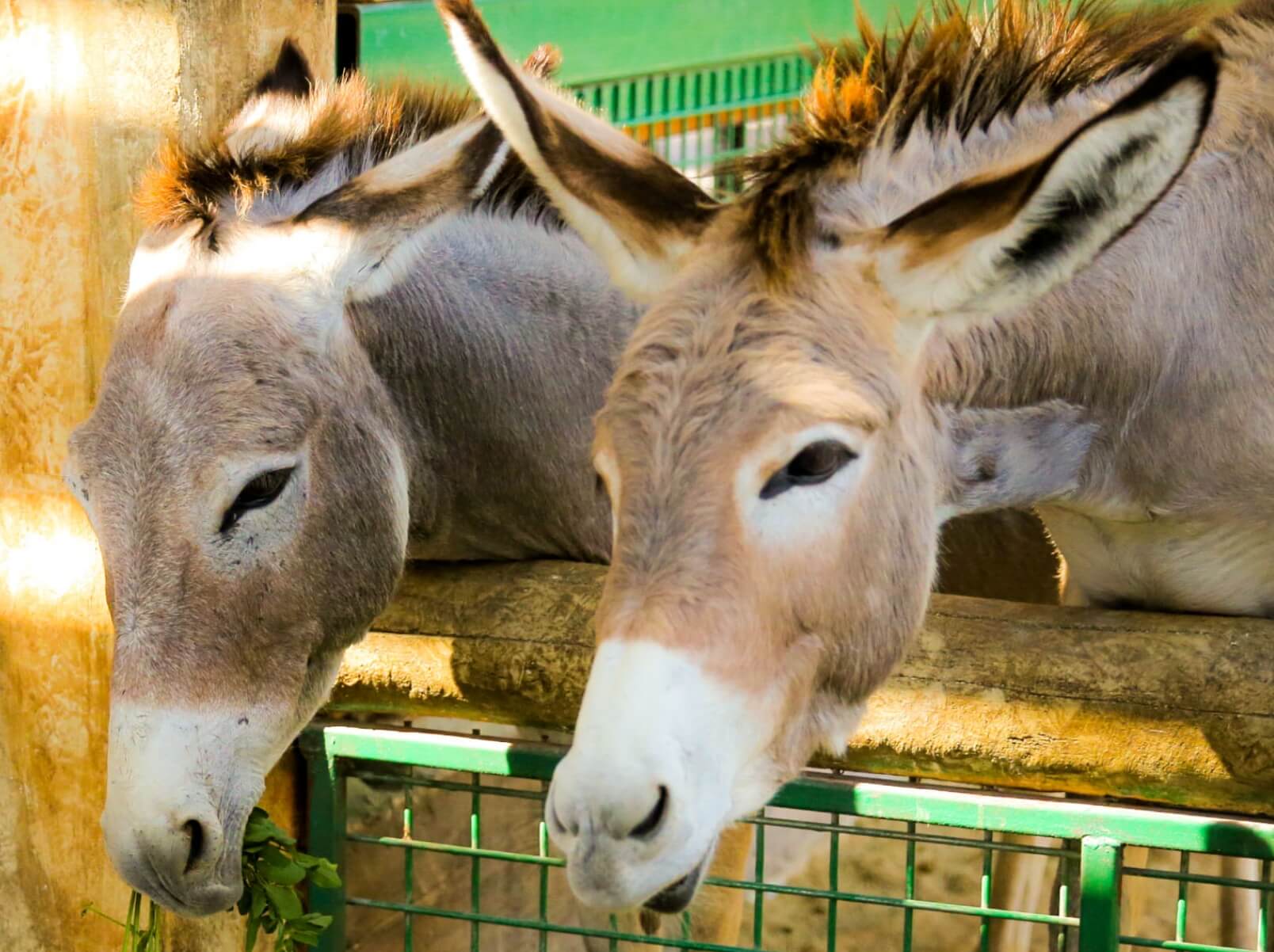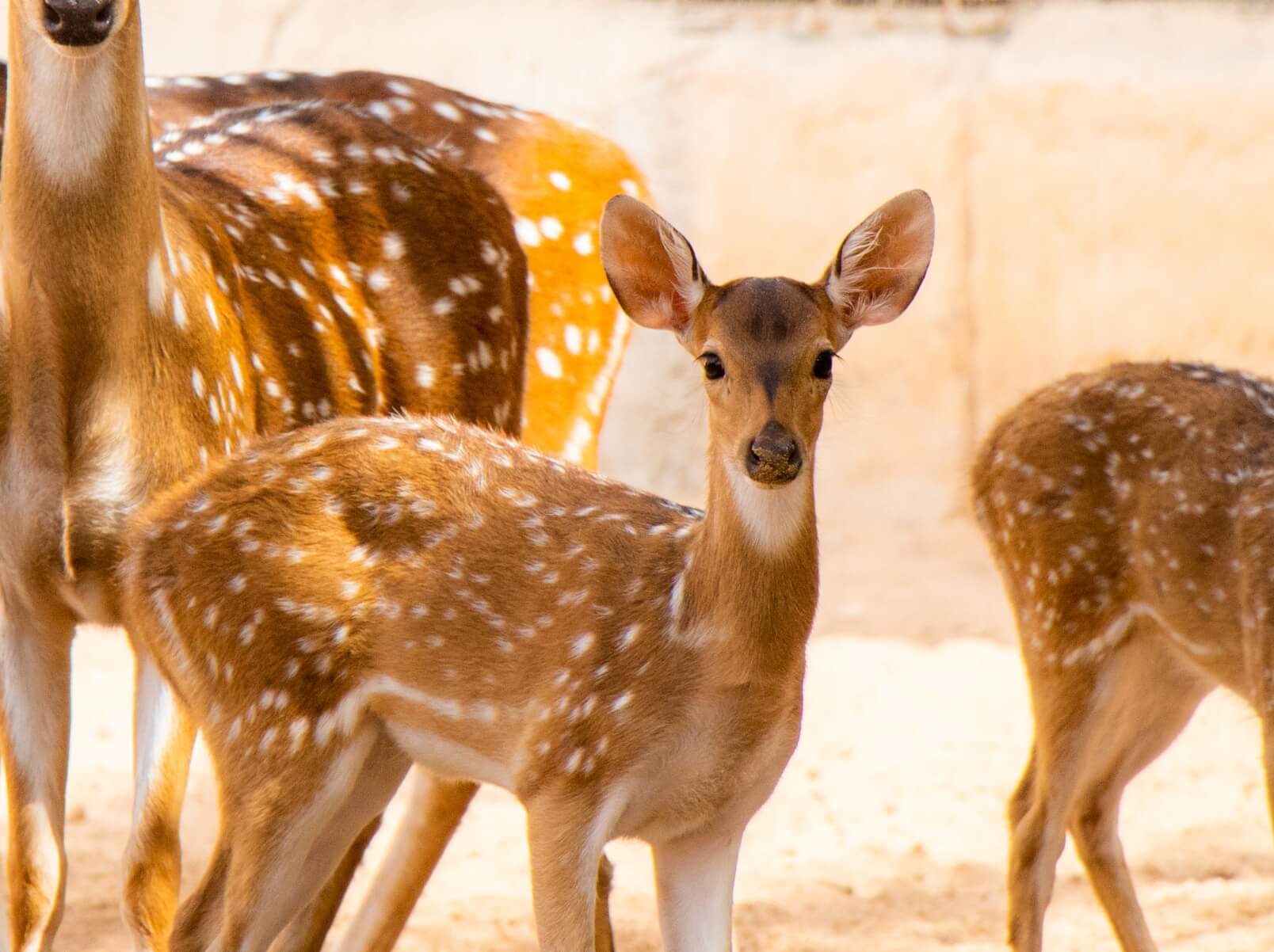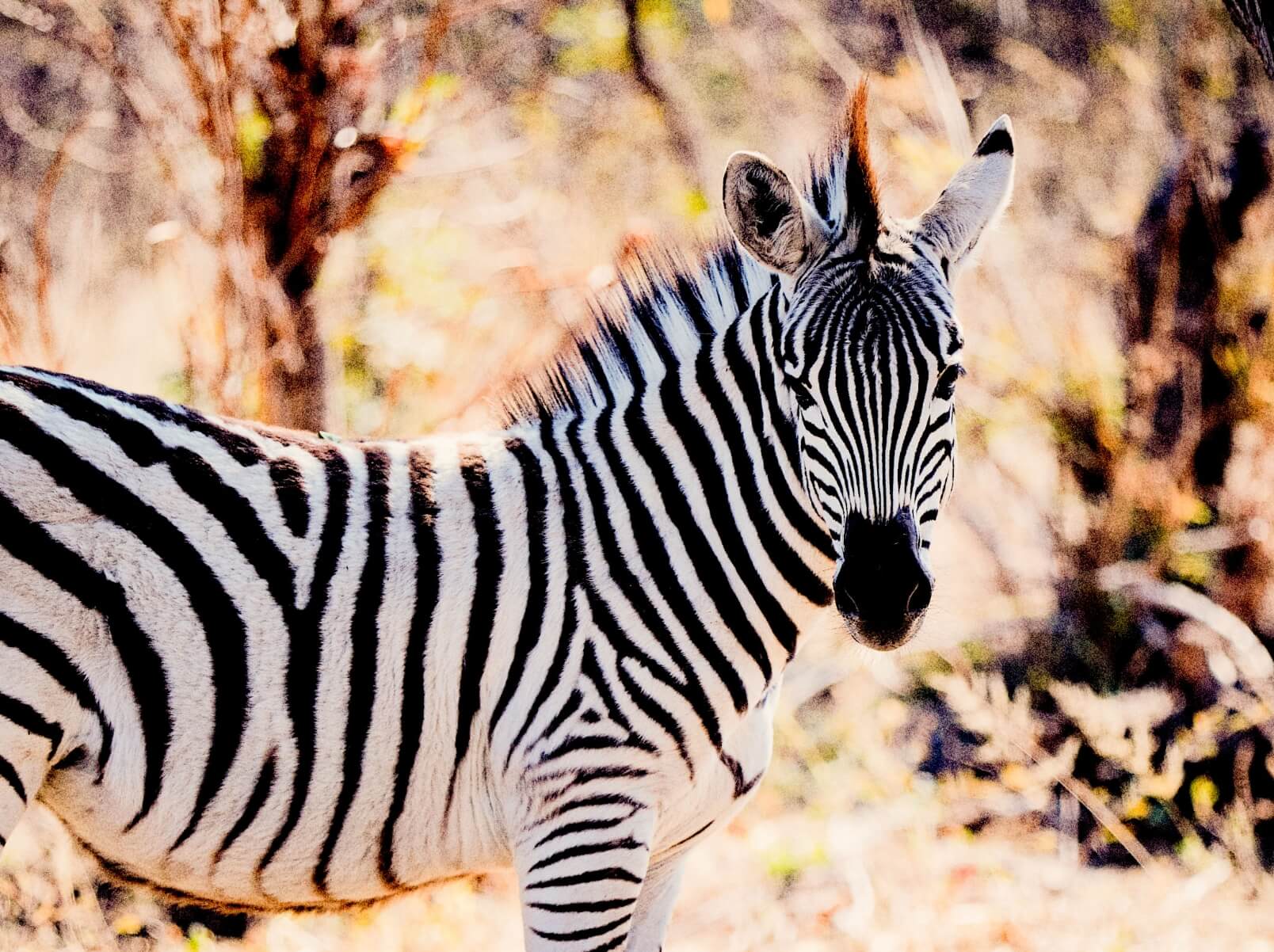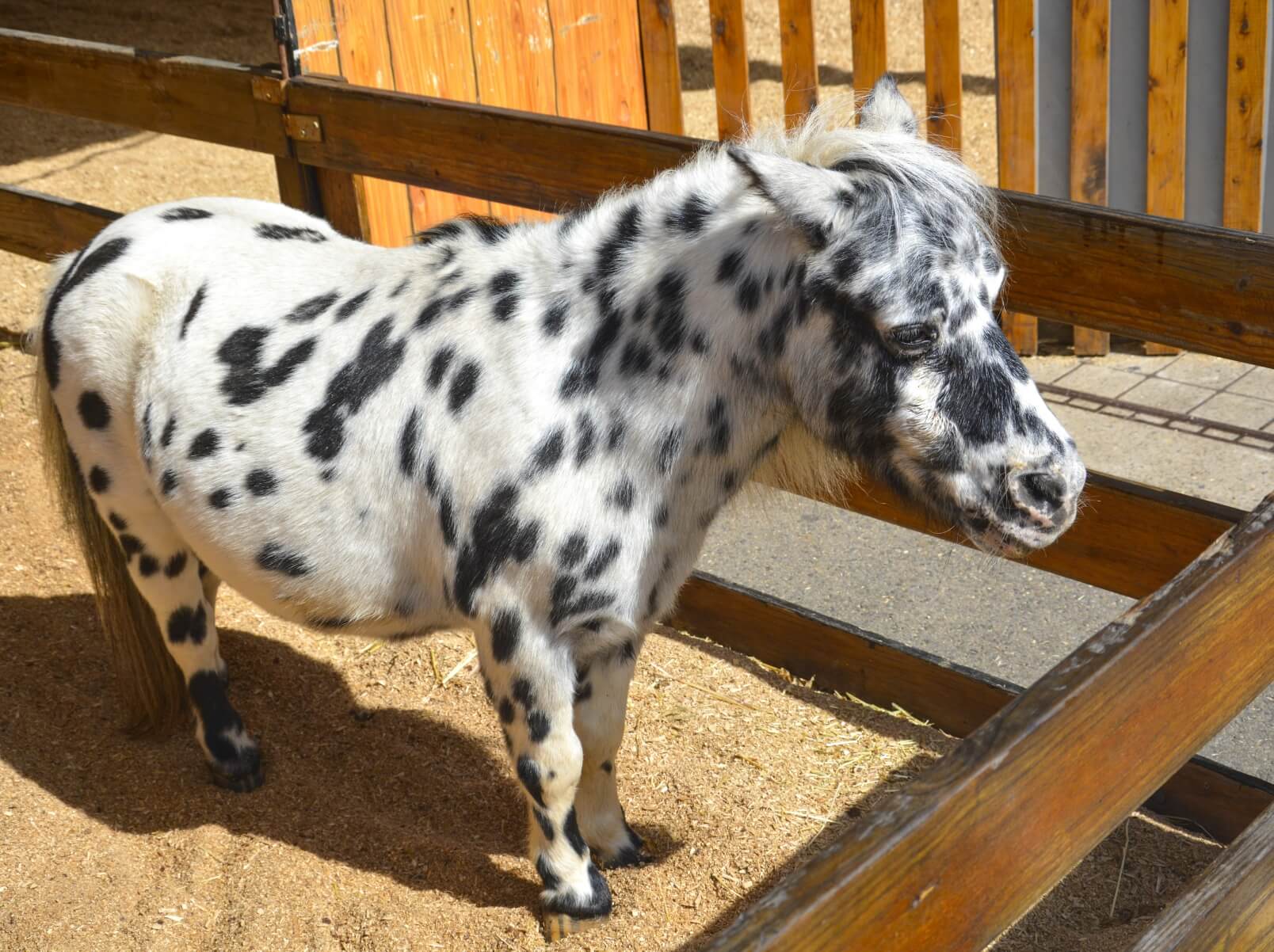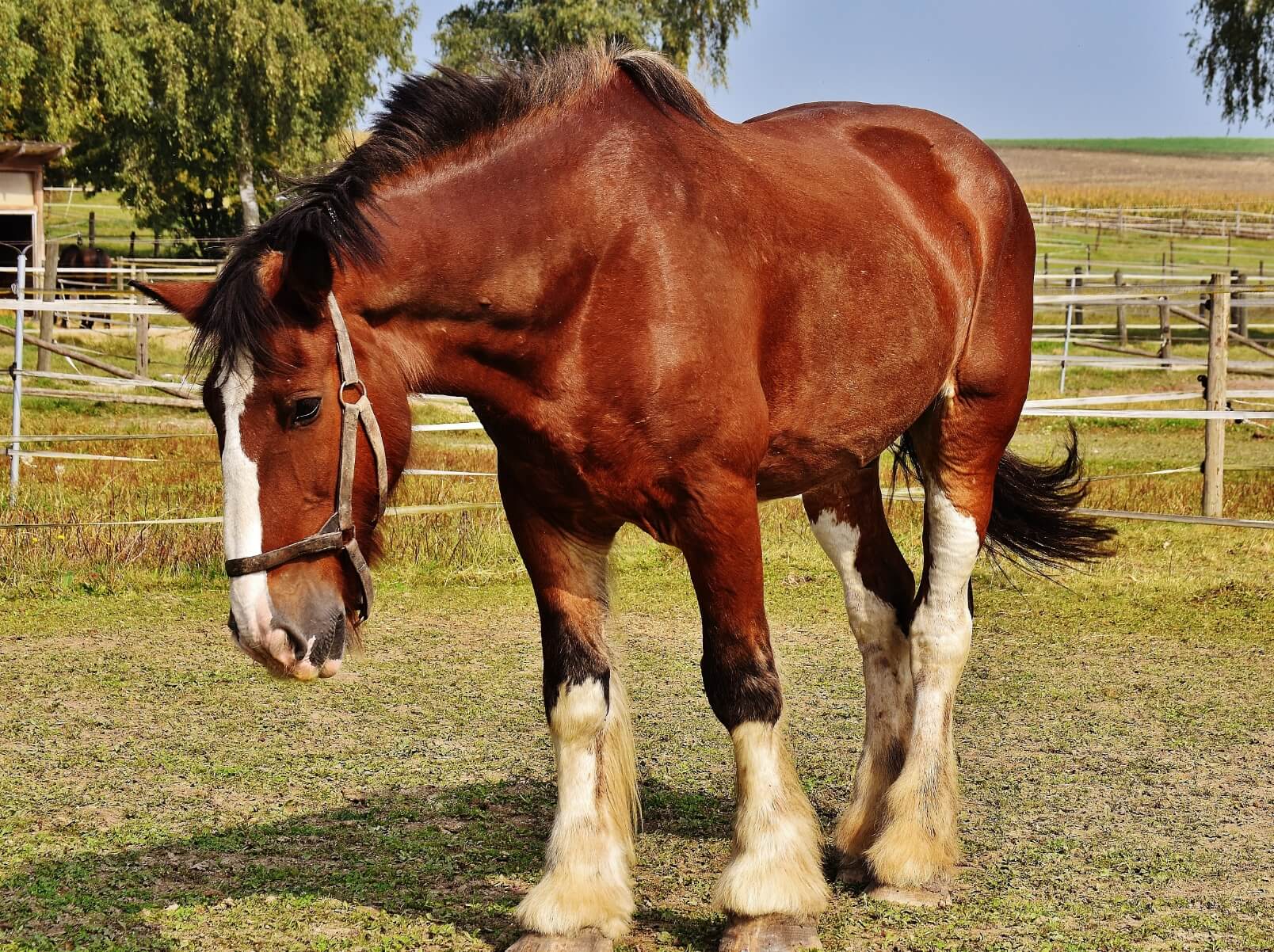Scientific name: Giraffa camelopardis
INTERESTING FACTS
The four distinct species are the Masai Giraffe, Northern Giraffe, Reticulated Giraffe, and Southern Giraffe. At Emirates Park Zoo you can see two of the above species: the Reticulated Giraffe and South African Giraffe.
Giraffes coat pattern is as unique as our fingerprint: Every Giraffe has a distinct pattern.
A group of giraffes is called ‘tower’; it normally can include 10-20 members led by an adult male. The giraffe males are called "bulls" by the way!
The giraffe neck is around 6-foot (1.8 meter) long and weighs around 600pounds (272kg). Just like humans, giraffes have seven neck vertebrae, each of which can be over 10 inches (25.4 centimeter) long.
Giraffes are known to be browsers, meaning they eat leaves, buds and occasionally bark from trees and shrubs.
The color of the giraffe tongue is mostly described as black, blue, or purple with a pink base; this helps to protect the tongue from getting sunburned as it is frequently exposed to the sun while eating.
They can run very fast around 35 miles (56 kilometers) per hour for short distances.
Their front legs are longer than their back legs.
Female giraffes give birth in a standing position.
Giraffes need incredibly little sleep: They normally take only quick naps which last for a minute or two as they only need 5 to 30 minutes of sleep within a day. Giraffes can rest while standing, but they sometimes also lie down with their head resting on their rump.
CONSERVATION MESSAGE
Habitat loss and fragmentation, poaching, hunting, disease, war, and human-giraffe conflict have impacted severely to reduced giraffe populations throughout Africa. Conservation efforts are ongoing to protect giraffe species. Many organizations, such as Giraffe Conservation Foundation, The Wildlife Conservation Society, The African Wildlife Foundation, WWF, and Modern Zoos, have taken vital actions in order to protect giraffe species by supporting research on ecology and conservation, promoting the importance of the care of giraffes worldwide, monitoring giraffe populations to control habitat loss and poaching, educates local communities to implement sustainable practices, organize events and workshops to make public awareness about wildlife and keep up to date information about problems and solutions. These conservation efforts are the key to the survival of giraffes in the wild.
CONSERVATION STATUS
Vulnerable
LIFE SPAN
20 -25 years
NATIVE HABITAT
Savannas, grasslands, and woodlands
DIET
Herbivores
HEIGHT
Up to 18 feet (5.5m)
WEIGHT
Up to 3,000 pounds (1,360 kilograms)
LENGTH
4.2 - 6.0 m
Related Animals
More Animals



